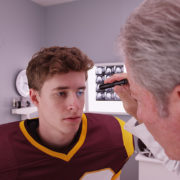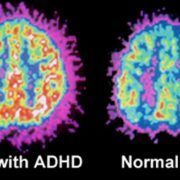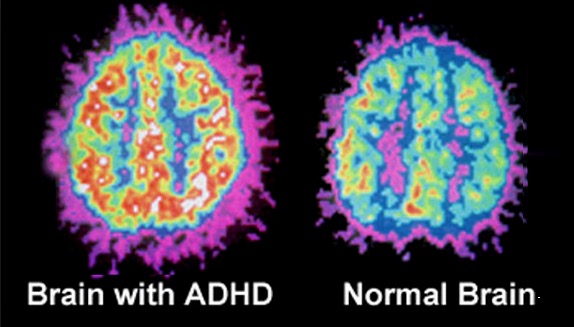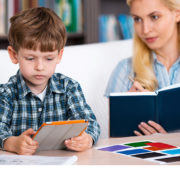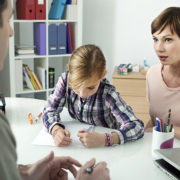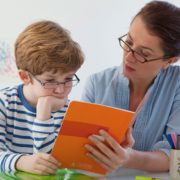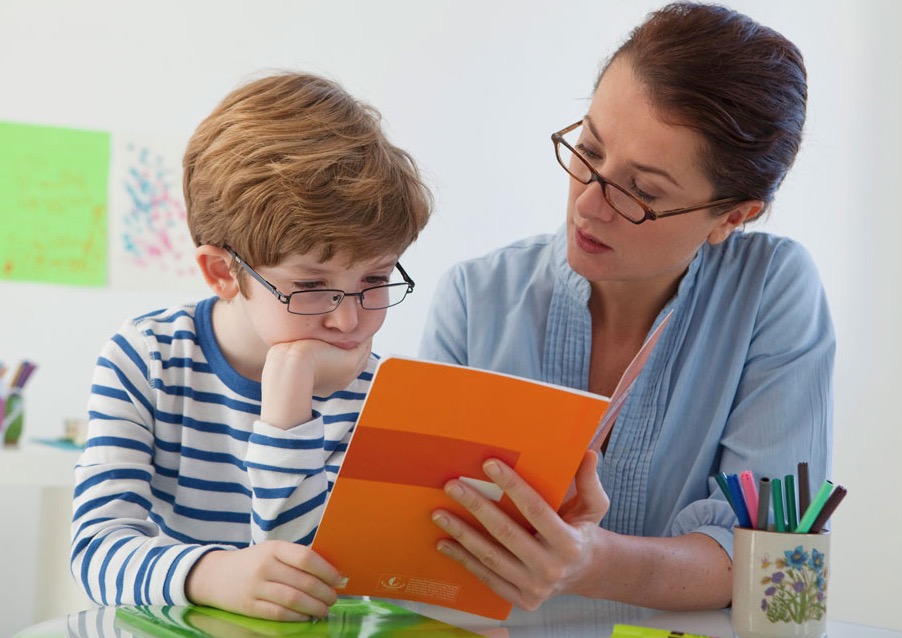Screen Time For Young Children Needs Moderating
Screen Time For Young Children Needs Moderating
Screen Time For Young Children Needs Moderating
Parents are facing a phenomenon they never experienced before; children having constant access to screens. Whether it is a computer screen or a phone screen or a television screen— most children from a young age have access to it.
Children from 8 and under spend nearly two and a half hours using electronics daily, and almost a third of children under 2 years of age have a television in their bedroom. Current studies indicate that too much time in front of screens can have serious behavioral, physical and emotional consequences. The American Academy of Pediatrics recommends no screen time for children younger than 2 years of age.
The Concerns
The current concerns are multifaceted. Some concerns are about the mental effects and others are on the physical effects. For mental effects, it is perhaps the most noticeable in the staggering increase in childhood obesity. More than a third of American children are either overweight or obese. It is important to note that there can be other factors at play and it is hard to declare with certainty that the use of technology is the cause.
Another physical consequence seems to be more problems sleeping due to the use of technology before bed, which is associated with less sleep. Exposure to the light from screens can disrupt the circadian (natural day/night) rhythm by getting in the way of the normal production of melatonin.
In regard to children’s mental and emotional health, concerns revolve around the fact that frequent screen time can overstimulate the developing child’s brain. Children can exhibit irritability, anxiety, depression, excessive tantrums, and impairments at school, home or with peers. Some children even experience short-term memory problems and cognitive decline. The developing child’s brain gets wired to crave constant stimulation and the child has difficulty coping when the stimulation is withheld.
The Bottom Line
As parents, teachers, caregivers and role models, we can help children tremendously by setting good examples. Try to limit technology use for your young children and find non-electronic activities to engage in. There are tons of them!
It is important to note that the long-term effects of young children using electronics have yet to be determined because this is such a new issue. However, although we do not currently grasp a full understanding of its effects we can be responsible and apply a wise amount of caution for the future. Even if you let your young children use some technology try to keep it in moderation because like everything in life, the key is moderation.
Our team of experienced Psychologists & Brain Injury professionals provide neuropsychological rehabilitation and treatment for individuals with brain injuries and other neurological impairments. Please feel free to contact us for any concerns or questions.
The post Screen Time For Young Children Needs Moderating appeared first on Pathways Neuropsychology Associates.
Source: Pathways Neuropsychology
Screen Time For Young Children Needs Moderating





